
If you think that summers are getting hotter, you could be right — depending on where you live. Summers are heating up if you live in or near any major U.S. city. But in rural areas, temperatures have remained relatively constant.
“What surprised me was the difference in the extreme temperature trends between rural and urban areas,” says Arthur T. DeGaetano, Cornell associate professor of earth and atmospheric sciences, who reviewed temperature trends from climate-reporting stations across the United States over the past century and examined data from the last 40 years in greater detail. “I expected maybe a 25 percent increase for the urban areas compared to the rural ones. I didn’t expect a 300 percent increase across the U.S.”
Because of population growth in urban and suburban areas over the past four decades, particularly in major East Coast cities, there are more hot summer nights than ever, says DeGaetano. “This means that cities and the suburbs may be contributing greatly to their own heat problems,” he says. “Greenhouse gases could be a factor, but not the one and only cause. There is natural climate variability, and you tend to see higher temperatures during periods of drought.”
Working with Robert J. Allen, a researcher in earth and atmospheric sciences, he found that urban areas across the United States now have an average of 10 more very warm nights a year than they did 40 years ago. In rural areas there was an average increase of only three warm nights a year in the same period.
The growth was the lowest in the central United States, with only two more very warm nights. West of the Rocky Mountains the increase has been about five nights. DeGaetano explains this disparity by the fact that there are simply fewer urban areas in these regions.
DeGaetano classifies a warm night as 70 degrees Fahrenheit in the Eastern, Southern and Midwestern United States. In the Southwest, he says, 80 degrees would be considered a warm night and 70 degrees would be considered cool.
Since the beginning of the 20th century almost three-fourths of the climate-reporting stations examined in the study have shown an increase in the number of very warm nights. DeGaetano says that the decade of the 1960s stands out as a transition between a period that was relatively stable and cool, and the sharp increase in warm nights that has occurred in recent decades. “You would not expect such a change in the number of very warm nights to occur by chance. We saw a statistically significant shift,” he explains.
Climate-reporting stations located in urban areas often are indicators of the huge growth around them. In Manhattan, for example, the station is located in Central Park, which was surrounded by a highly developed urban area even a century ago. Thus that station did not show the wild fluctuations recorded in cities such as Miami and Los Angeles, which have grown exponentially over the past 100 years.
In very warm periods throughout the past century, drought has been a factor. “Warm temperature trends in the past century across the United States are strongly influenced by the peaks in warm maximum and warm minimum temperature extremes during the 1930s and to some extent the 1950s. And these peaks tend to coincide with widespread drought,” says DeGaetano.




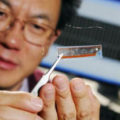



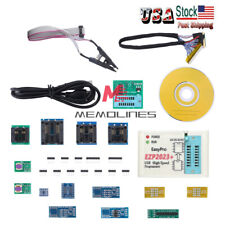
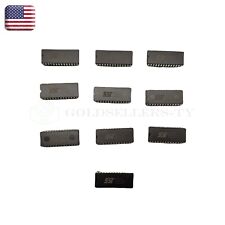
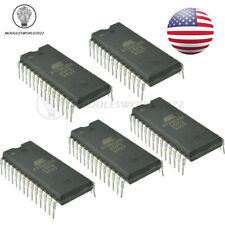
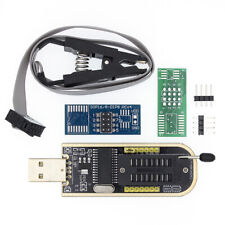
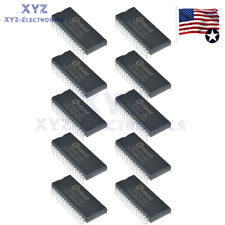
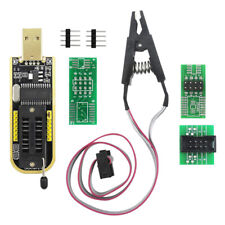

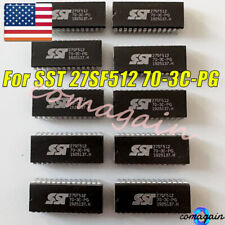
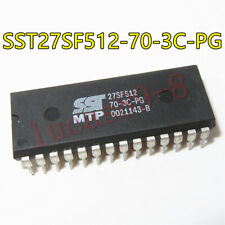
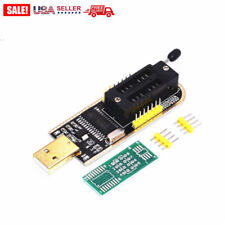
Comments are closed.